A professor came up with a proposal for Trump's border wall that's actually a line of burrito food carts
The volleyball wall

The labyrinth wall
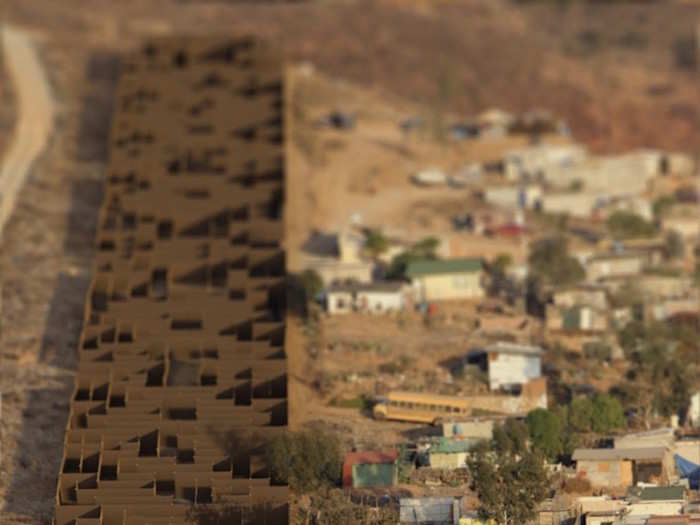
The primary difference between a labyrinth and a maze is that the former has only one route that leads out. The "labyrinth wall" would contain a long, complex, and winding path that would be difficult to navigate, which Rael sarcastically wrote would only be fitting considering the difficult, sometimes deadly journey immigrants take to reach the US.
"The journey people take to get to the wall and the nation beyond it might best be described as a labyrinthine — there is a single intended destination for an immigrant coming to the United States from the south, but the path is long and winding," he wrote. "It is somewhat surprising that the Army Corps of Engineers has not yet envisioned the wall as a torturous (and expensive) labyrinth. Such a barrier would be much more difficult to navigate."
The wastewater treatment wall
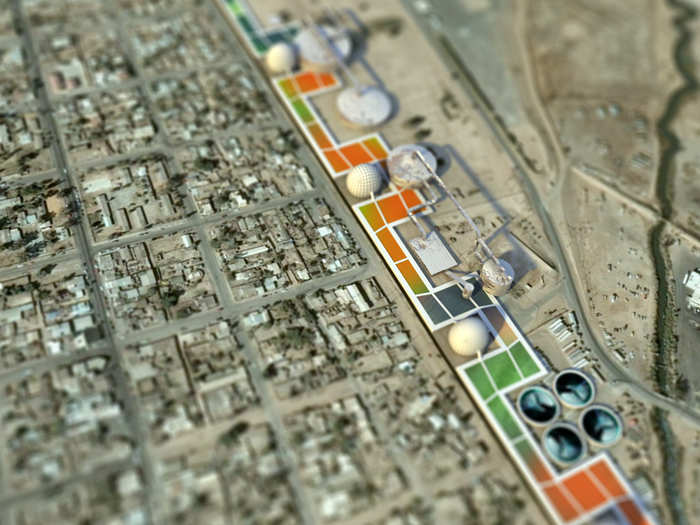
For $33 million — the same cost as building a wall that would divide Calexico and Mexicali — Rael said it is possible to construct a wastewater treatment plant that could handle and purify 20 million gallons per day.
The facility would stretch two miles between the two towns, imagined as a solution to the illegal movement of toxins into the US. This problem is expected to worsen as Mexico's Mexicali Valley's population (now at 1.3 million) grows with adequate infrastructure, Rael said.
The xylophone wall
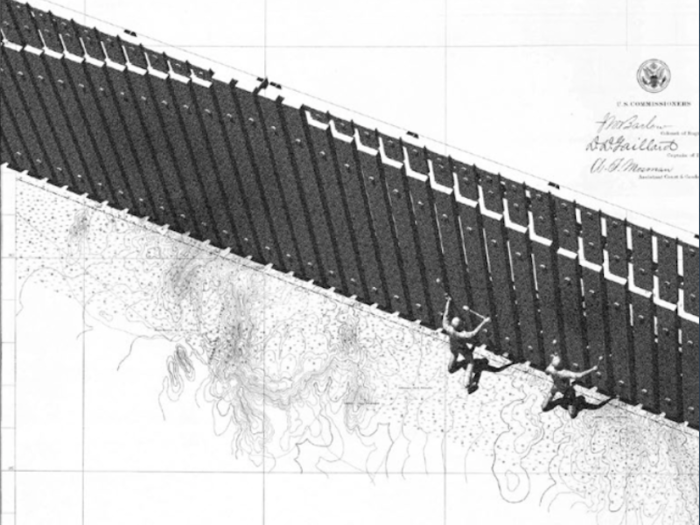
This wall would be made of xylophone keys, which people could play.
The design was inspired by the work of artist and activist Glenn Weyant, who has led musical performances on the existing steel fencing by hitting it with xylophone mallets.
"The idea of the xylophone wall is: what has been constructed is not a military structure, but in fact a musical instrument. It's an artistic intention to remove the power from that power structure. Now, it's a musical instrument. It's not a wall," Rael said.
The solar wall
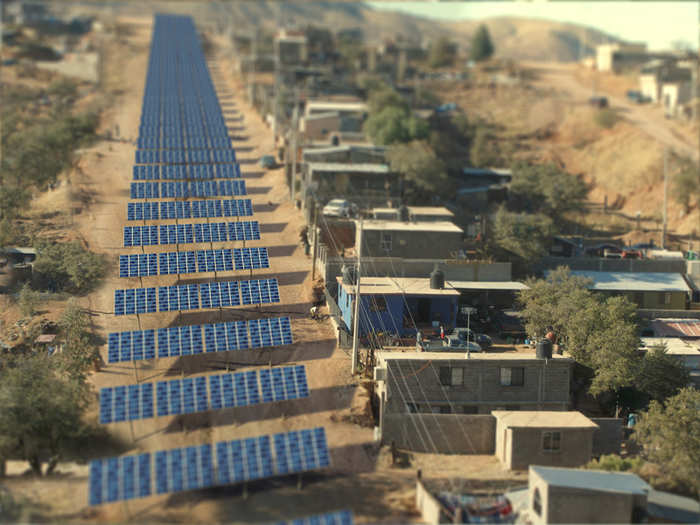
In June, Trump pitched Republican leaders on a proposal to cover the wall with solar panels and use the electricity generated to cover the costs of the wall's construction and maintenance.
Before that, Rael had a similar idea, except that his solar wall would not be a wall at all. It would just consist of solar panels, which would provide power and clean energy jobs for both the US and Mexico.
The fog wall
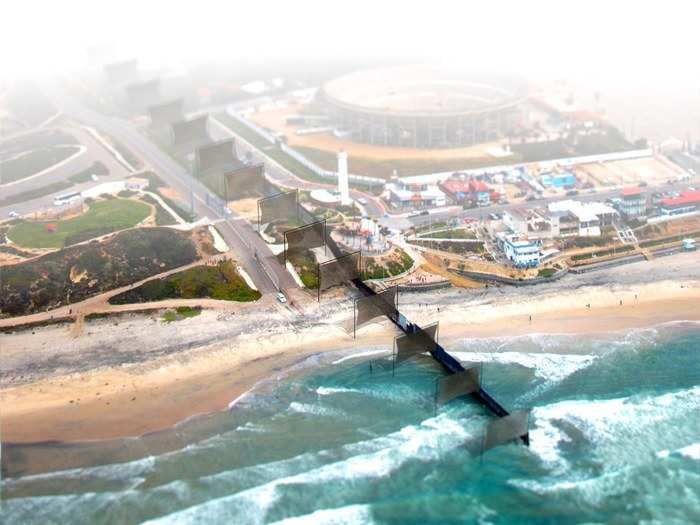
Fog, especially along the stretch of the border that dives into the Pacific Coast near Tijuana, is a big problem for Border Patrol agents. It makes it harder to see through surveillance cameras, and creates opportunities for people to cross the barrier, Rael said.
He proposes creating a wall that would capture fog and turn it into clean drinking water for Tijuana residents.
The theater wall
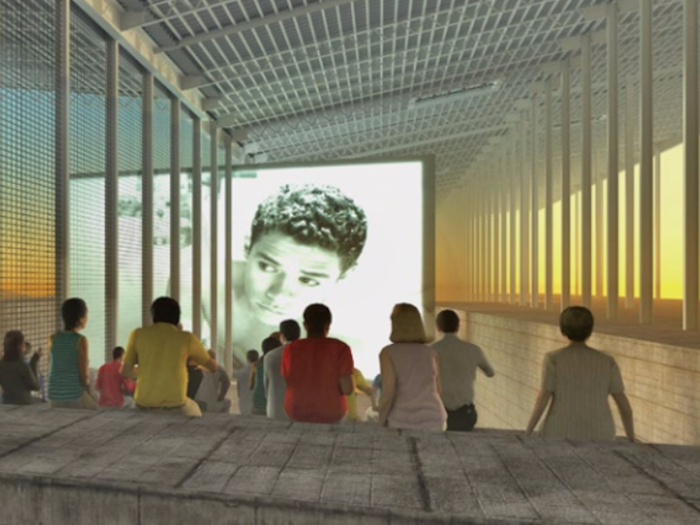
Rael's theater wall design was also inspired by the US-Canada border's Haskell Free Library and Opera House building, which has an event space. Half of the seating is on the Canada side, while the other half is on the US side. The proposed theater wall on the US southern border would look similar.
"Binational performances could take place with talents performing on both sides of the wall, either separately or together," Rael wrote.
The library wall
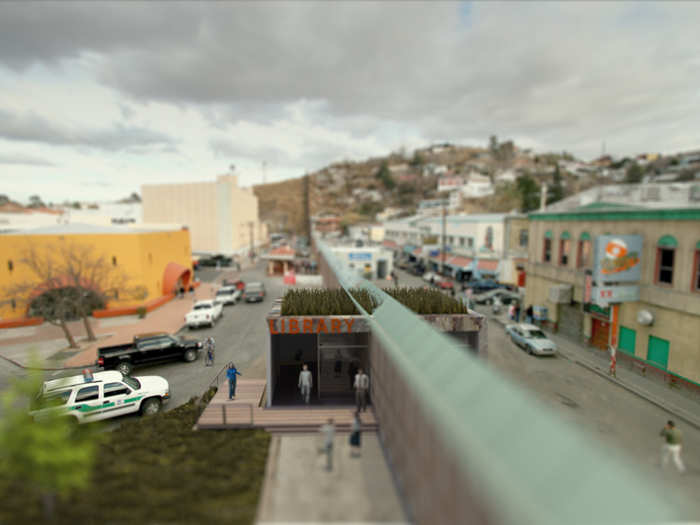
This design calls for a binational library on the US-Mexico border, where people on both sides could read and rent books. The Haskell Free Library and Opera House, built on the US-Canada border in 1904, inspired it.
"The borderwall could be transformed into a border-bookshelf, encouraging dialogue and cultural exchange through the wall itself," Rael wrote.
The cactus wall
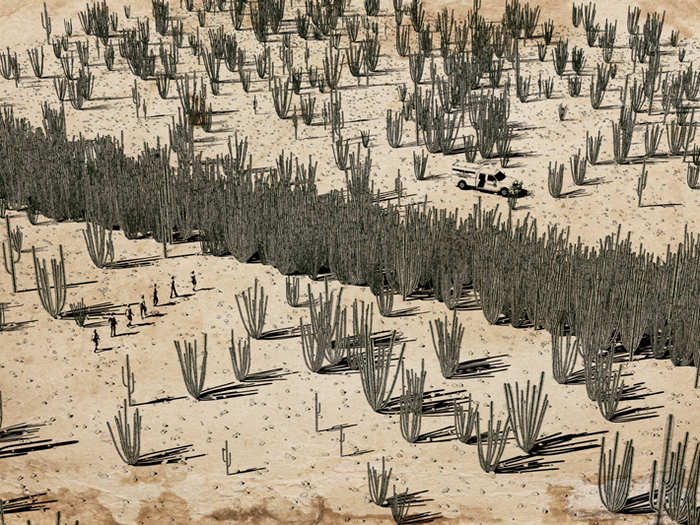
From 2004 to 2006, the Department of Homeland Security erected 30 miles of steel fencing through the Organ Pipe Cactus National Monument, a protected wilderness area that contained cactus species native to Arizona's southern border. As a result, a number of plants were lost from the construction as well as the increased movement of Border Patrol trucks, Rael said.
He proposes restoring the cacti by re-planting thousands of them along the border.
The burrito wall
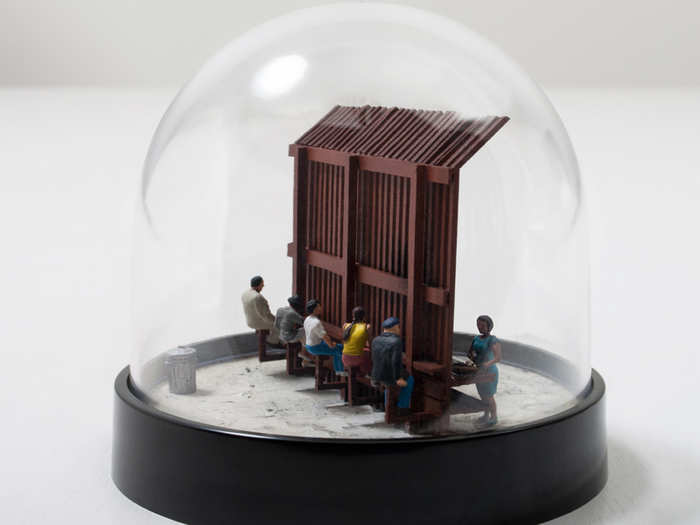
Food exchanges along the US-Mexico border inspired Rael's design for the "burrito wall," which calls for a see-through barrier with built-in food carts, grills, and seating for both sides. People would be able to buy, serve, and eat regional culinary favorites, like burritos and tacos.
He told BI that it's not unusual for people to casually buy and sell food along the border, even in surveilled areas, today.
"Casual exchanges are common across the border wall, ranging from small talk, long visits with family and friends, and commercial transactions of items ranging from food and jewelry to contraband," Rael wrote. " Even Border Patrol agents occasionally participate in this commerce, illegality notwithstanding."
Popular Right Now
Advertisement